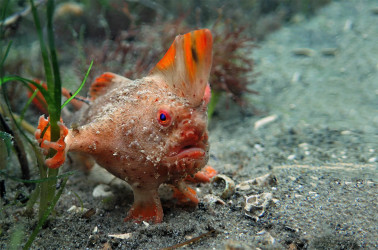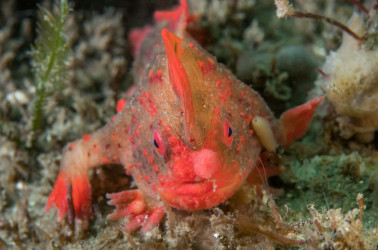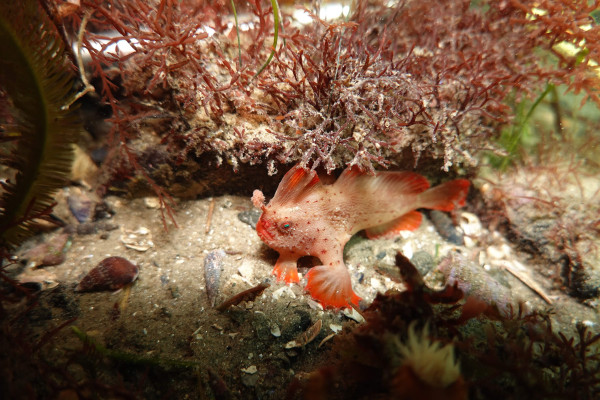The Red Handfish (Thymichthys politus) is tiny – at an average of 6cm, about the size of a man’s thumb. It walks rather than swims and, alarmingly, just 100 of these beautiful fish now survive in a small area of ocean off Tasmania. Being a species of marine anglerfish which scientists know very little about, when asked for support, FAME simply could not allow this species to disappear.
The total project cost is just over $1,000,000.
$475,000 will come from funding partners.













